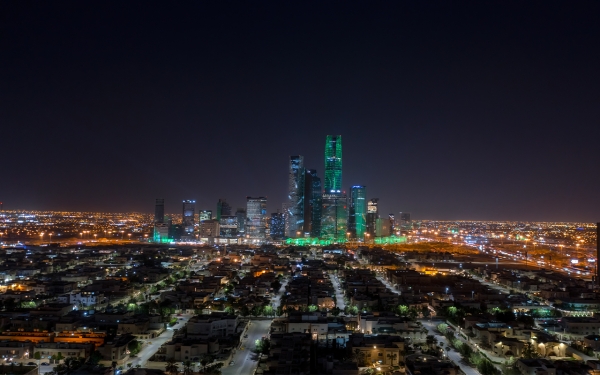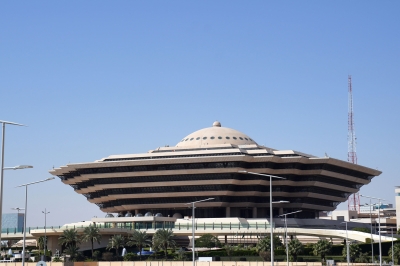

Riyadh was chosen as the capital of the Saudi State for its significant location, serving as a pivotal hub at the heart of the Arabian Peninsula over the centuries. The villages of al-Yamamah region were the main crossing routes for trade caravans, then Hajj and Umrah, owning it to plentiful valleys, wells with abundant fresh water, palm trees, crops, and fruits. Riyadh's origins trace back around three centuries. Its historical importance increased after it was selected by Imam Turki Bin Abdullah as the capital of the Second Saudi State in 1825, replacing Diriyah. Riyadh flourished and witnessed a major renaissance after it was recaptured by the Founding King Abdulaziz Bin Abdulrahman Al Saud on January 15, 1902, thus becoming a ground for Saudi Arabia's unification.
The consolidation of regions and the proclamation of Saudi Arabia's establishment with Riyadh City as its capital on September 23, 1932, catalyzed the advancement towards a modern state, driving the city to witness a unique experience in leadership and development.
The city of Riyadh is located on the Najd Plateau in the middle of the Arabian Peninsula, giving it a strategic dimension. The Arabian Peninsula lies in the middle of the continents of Africa, Asia, and Europe, which makes Riyadh a global meeting point with the largest economy in the region.
Related quizzes

